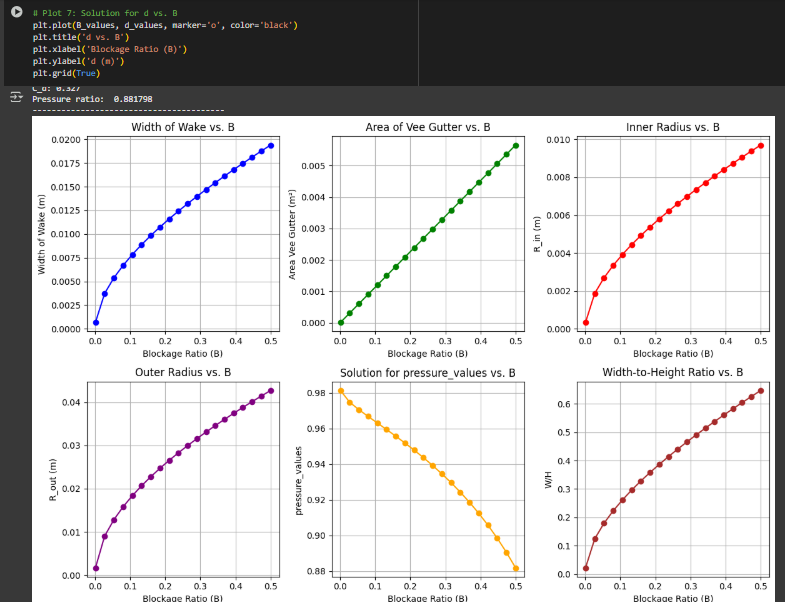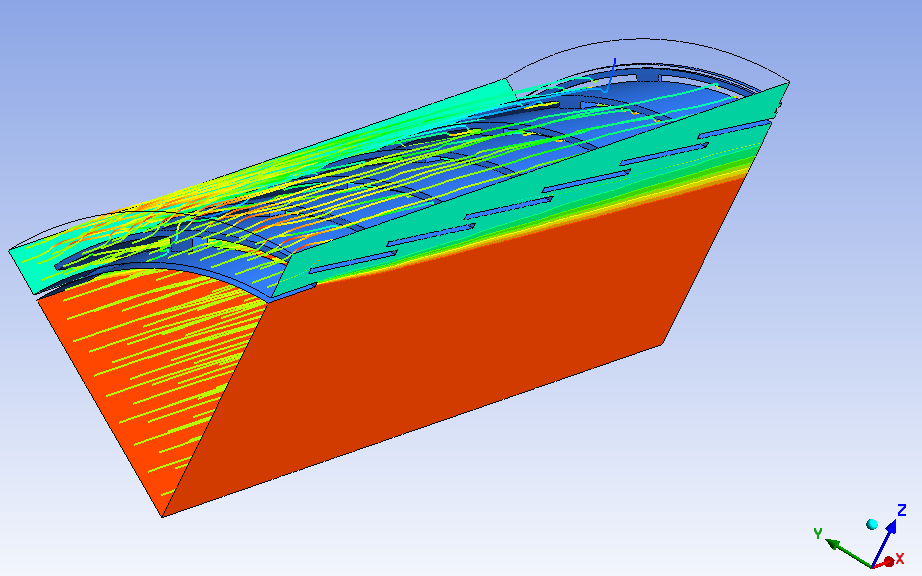RH-1 “VULCANO“
Named after the best pizza in town, Vulcano is our first iteration afterburner project.
This component will enable us to add more power, thrust and speed to our vehicle.
Why an Afterburner?
To break the sound barrier at this scale, raw turbomachinery power doesn’t quite cut it-you need an afterburner. Valkyrie, our next project, is designed to exceed Mach 1, demanding an extra surge of thrust beyond what a standard engine can provide. By injecting additional fuel into the exhaust stream, our afterburner delivers the necessary boost for supersonic speeds.


A novel approach to design
Designing an afterburner for a full-scale jet is one thing—miniaturizing it for a small UAV while maintaining high performance is a whole new challenge. We meticulously analyzed numerous scientific papers on afterburner design, exploring every possible configuration. The key was optimizing component sizing—from the V-gutter to the liner to the overall length—to achieve maximum efficiency in a compact form. To achieve this, we developed a custom Python toolchain that precisely calculated the ideal dimensions, ensuring maximum performance, efficiency, and structural integrity during operations.
High-tech Ansys simulations
To validate our calculations, we leveraged advanced ANSYS combustion and CFD simulations, pushing our limits of computational power.
Some simulations required over 3,000 iterations, demanding extensive CPU resources. To meet this challenge, we deployed multiple virtual machines on dedicated servers and later gained access to the LRZ supercomputer on campus, once set up this will dramatically accelerating our design process.
Despite these advancements, critical challenges remain—optimizing injector and flameholder positioning, managing liner temperatures, and addressing high-frequency instabilities that emerge during combustion. These simulations provide invaluable insights, guiding us toward a fully optimized, high-performance afterburner.


Materials and temperature management
Managing extreme temperatures is a major challenge in afterburner design. Instead of using a traditional single-piece cylindrical liner with film cooling holes, we took a novel approach. Our design features a sectional liner composed of multiple shorter truncated cone geometries. These sections redirect bypass airflow through small slits, creating stable boundary layers along the inner surface. This method ensures highly efficient cooling while simplifying manufacturing.
By adopting this approach, we can rapidly prototype the liner using standard steel, allowing for fast testing and iteration. Looking ahead, we are exploring advanced high-temperature coatings to further enhance thermal resistance and durability in future versions.
